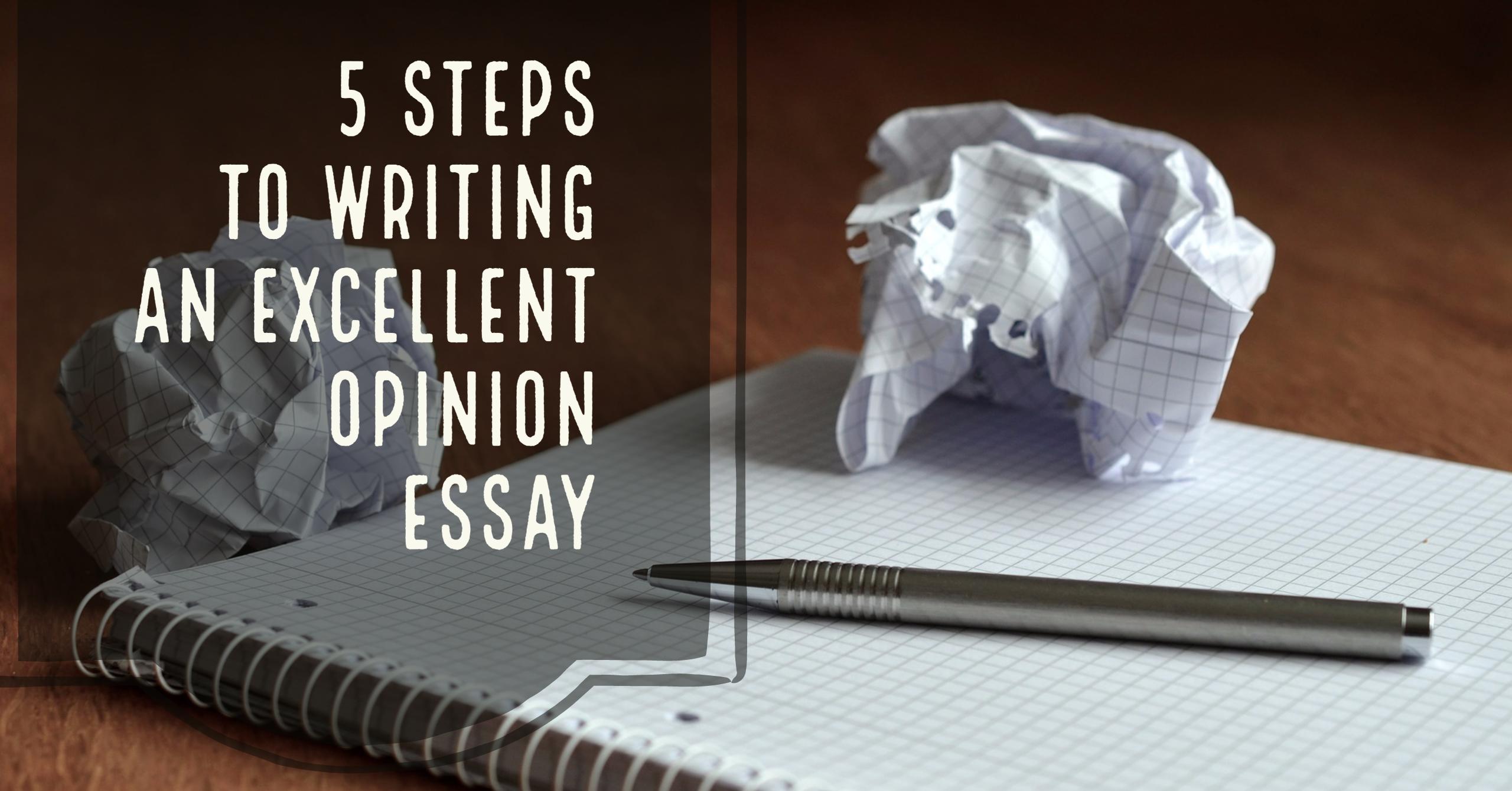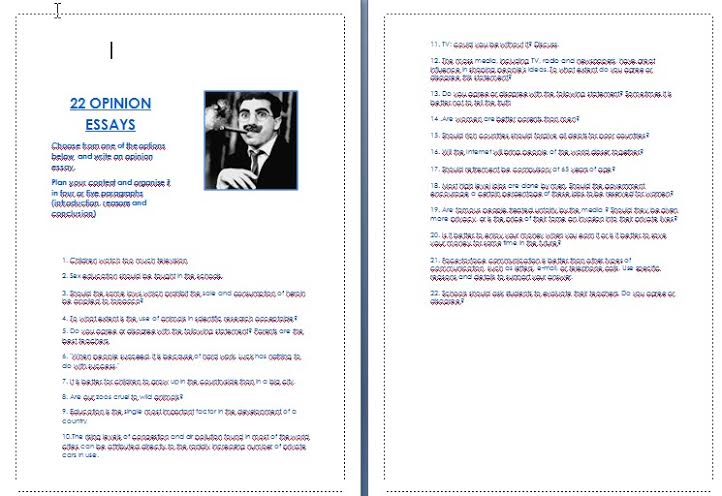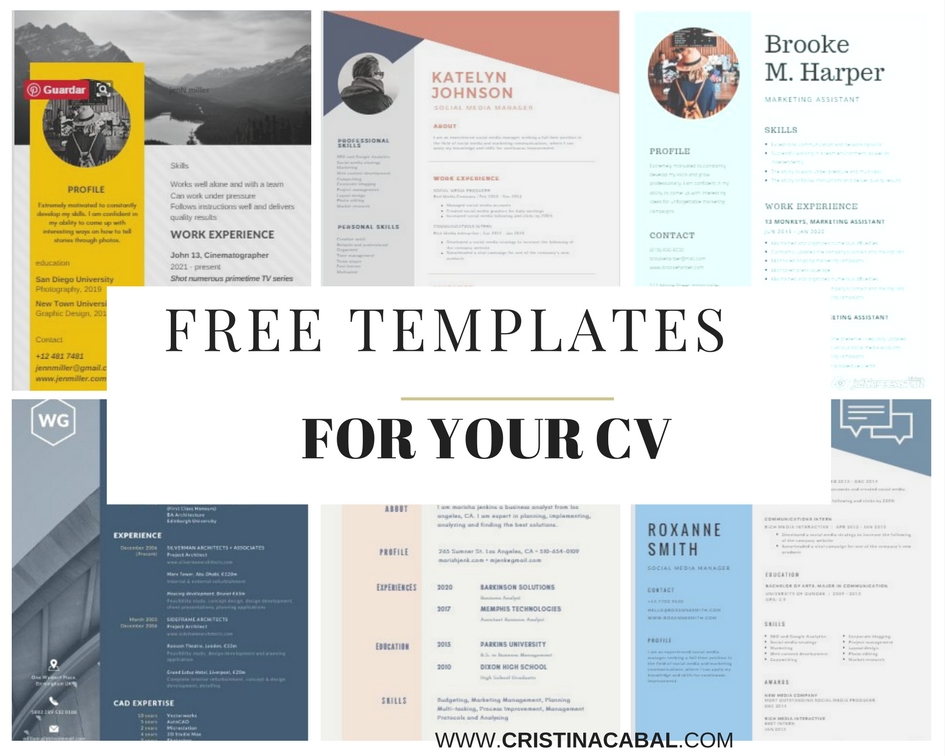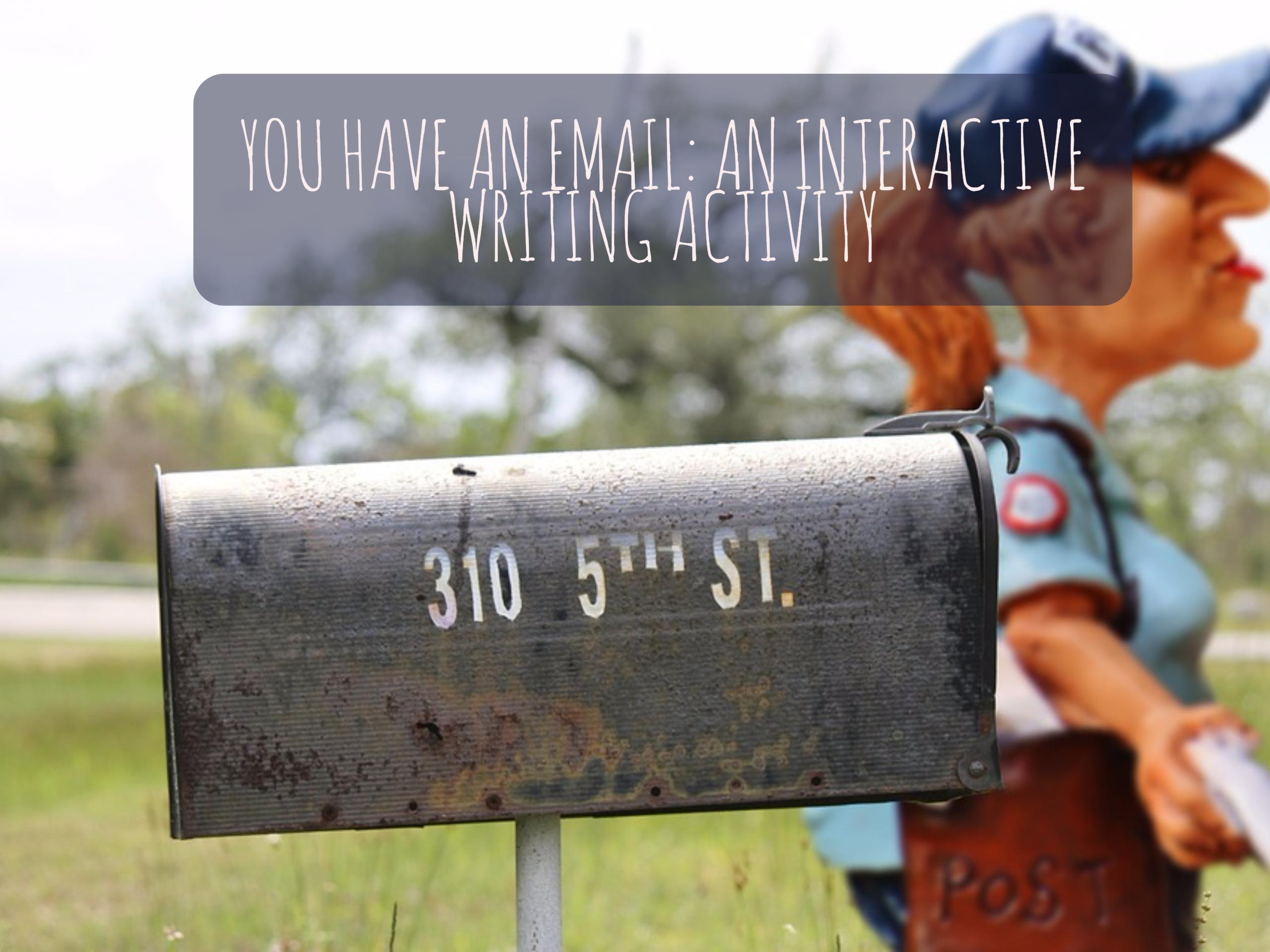Doesn’t the title itself already encourage you to start writing straight away? Just kidding! I guess you need a stronger push than just a title. Well, I can provide this little push in the form of real examples of my students’ essays after following all these 5 steps. Just skip to Step 4 if you don’t believe me and bear in mind when you read their essays, they are B1 (intermediate) students.

Step 1. The difference between an opinion essay and a persuasive essay.
Opinion essay: in an opinion essay the writer states his opinion and supports it with facts, evidence and examples but he doesn’t try to convince the reader.
Persuasive essay: in a persuasive essay the writer tries to convince the reader to agree with his opinion. The author uses logic and facts, definitions and examples in order to persuade the reader to share his point of view.
Step 2. Top tips for writing an opinion essay
1 Basic do’s when writing an opinion essay
- Introduce each paragraph with a topic sentence, outlining the main ideas.
- Do not write about advantages or disadvantages or points for or against.
- Write in formal style.
2. Basic don’ts when writing an opinion essay
- Don’t use colloquial expressions.
- Don’t use short forms.
- Don’t use emotive vocabulary.
3. Decide whether you agree or disagree with the title. Try to think of at least two or three good reasons to support your opinion, including examples of why you think the alternative point of view is wrong.
4. Organise your essay into clear paragraphs.
- Introduction: Introduce the topic and give your opinion. Say whether you agree or disagree with the statement.
- Body: 2 or 3 paragraphs. For each paragraph give a reason to support your opinion.
- Conclusion: Summarize your ideas and repeat your opinion using different words.
5. There is a process to writing. Try to follow it. It will help you a lot
Step 3. Useful expressions and linkers
Download the pdf here
Step 4. Examples of opinion essays written by B1 students
Three essays written by B1 students to help you get started.
Step 5. 22 opinion essays to choose from
Your turn! Choose from one of the options and write an opinion essay.
Plan your content and organise it in four or five paragraphs (introduction, reasons and conclusion).




